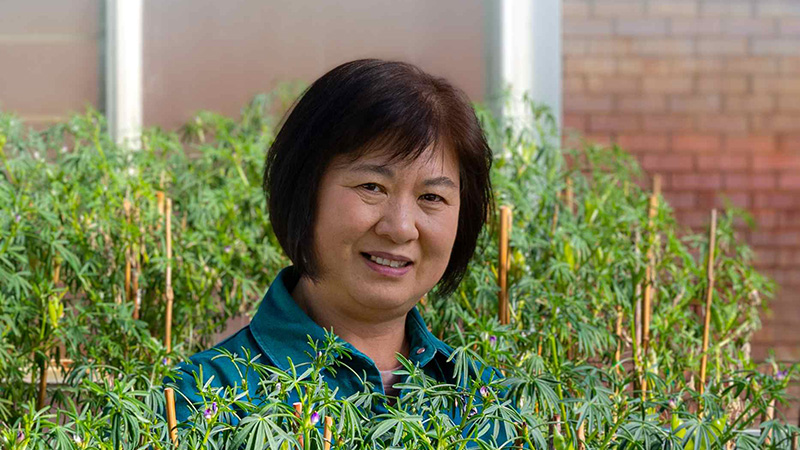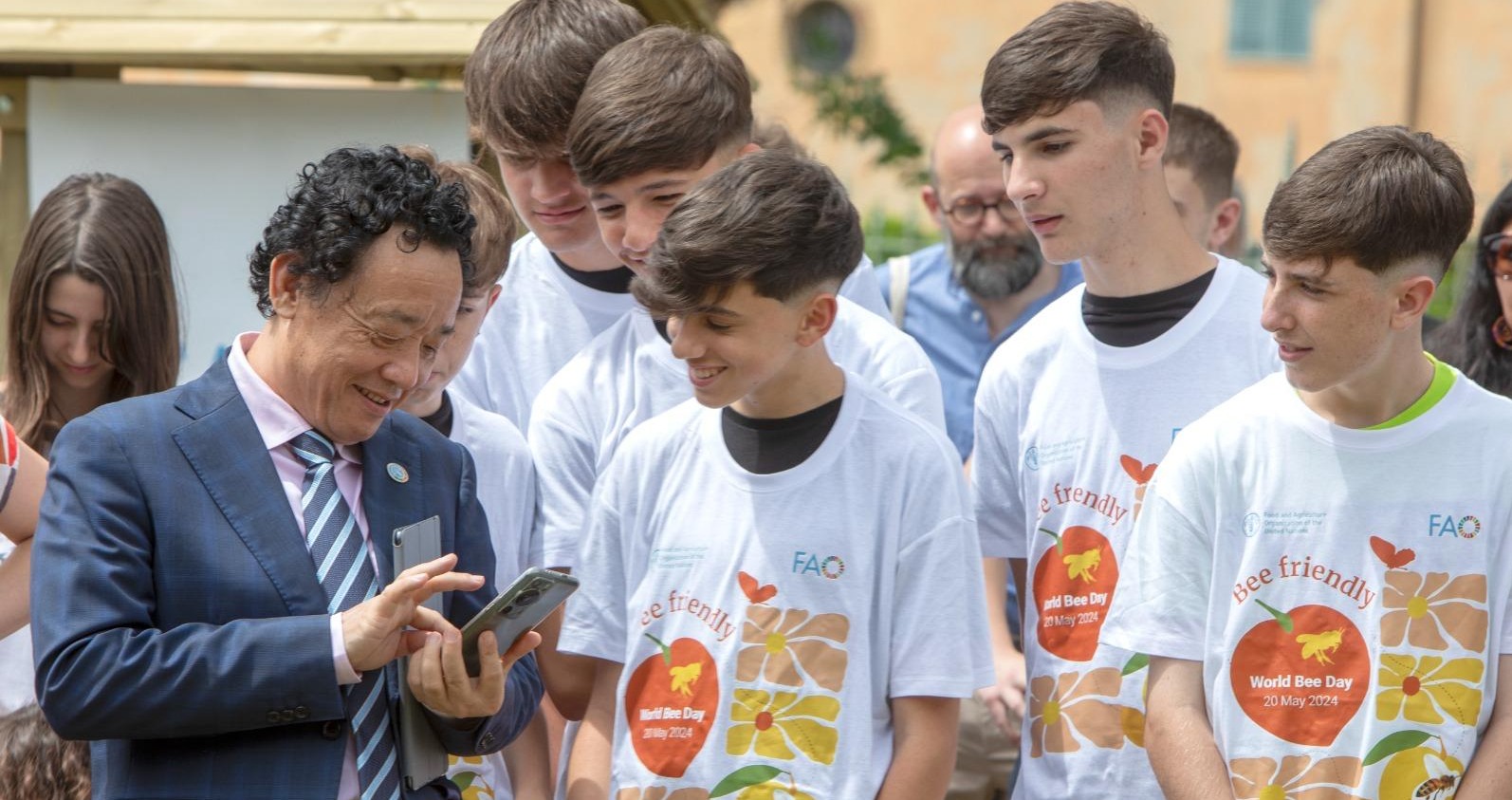The Grains Research and Development Corporation (GRDC) has announced two new investments into narrow-leafed lupin (NLL), aiming to enhance nutritional quality and improve agronomic value of the pulse.
The projects, which represent a collective investment of $7 million into NLL genetics, will be led by the Western Crop Genetics Alliance (WCGA), a joint initiative of Murdoch University and the Department of Primary Industries and Regional Development (DPIRD) WA, and Australia’s national science agency CSIRO alongside other project partners.
GRDC manager genetic technologies – pulses, Dr Camilla Hill, says Australia contributes 85 per cent of global lupin production, with 70 per cent of it being exported to regions such as Asia, North Africa and the Middle East.

GRDC’s Dr Camilla Hill said lupins effectively break cereal disease cycles and provide valuable fixed nitrogen to cropping systems. Photo: GRDC
“Australian sweet lupin, known as narrow-leafed lupin, plays a pivotal role in Australian agriculture as a cost-effective protein source for animal feed,” Dr Hill says.
“Western Australia is responsible for 80 per cent of Australia’s lupin production. WA growers benefit from lupins in their crop rotations because of their adaptability to the region’s climate and acidic soils.
Lupins also effectively break cereal disease cycles and provide valuable fixed nitrogen to cropping systems.
With the global population expected to reach 9.8 billion by 2050 and a rising interest in plant-based diets, the Australian lupin industry sees a significant opportunity in the expanding plant protein market.
NLL’s high protein content, low starch, low fat and low glycaemic index position it favourably for plant-based protein production. But despite its potential, only four per cent of Australian NLLs are processed for human consumption.
One of the projects, which will span four years, will be led by Murdoch University with partners DPIRD, CSIRO and Australian Grain Technologies and aims to improve the nutritional quality of NLL by reducing anti-nutritional seed alkaloid levels.
Project lead Professor Chengdao Li, Director WCGA located at Murdoch University’s Centre for Crop and Food Innovation, says anti-nutritional factors such as quinolizidine alkaloids and inconsistencies in meeting alkaloid standards hinder NLL’s widespread use.
“Genetic variability, environmental factors and management practices contribute to alkaloid variations, posing a challenge for growers in producing consistent low-alkaloid lupins,” Prof Li says.
The anti-nutritional factors provide protection for plants from insects, such as aphids. The challenge is to have a lupin variety with constant low alkaloid, but good tolerance to these pests.
“This project will address these challenges by developing lupin germplasm with stable, lower alkaloid seed levels and higher levels in vegetative tissue across diverse environmental conditions.”
The second four-year project led by CSIRO with partners Murdoch University and Australian Grains Technologies aims to enhance the agronomic and nutritive value of NLL by reducing seed coat thickness and increasing protein content.
CSIRO project lead, Dr Lingling Gao, says the project would identify narrow leafed lupin germplasms and gene targets associated with thinner seed coats, independent of grain size and yield, and without affecting protein levels.

CSIRO’s Dr Lingling Gao said one of the new projects aimed to identify narrow leafed lupin germplasms and gene targets associated with thinner seed coats. Photo: CSIRO
“This research aims to develop the germplasm and molecular markers to enable lupin breeders to efficiently breed new varieties with seed coats significantly thinner than current varieties, which typically constitute nearly a quarter of dry weight, without compromising grain size, yield, or protein levels,” Dr Gao says.
“We aim to enable breeders to efficiently cultivate new lupin varieties that meet industry standards for human food consumption and so allow Australian lupin farmers to capitalise on expanding food and proteins markets.”
Both projects commenced in early 2024, with results anticipated to be available from 2028.








